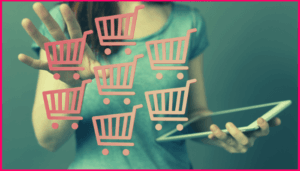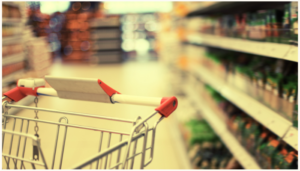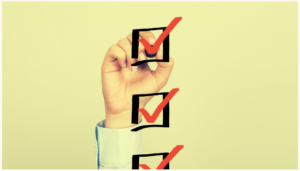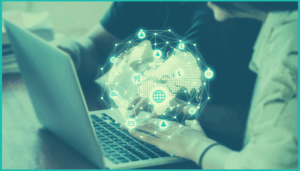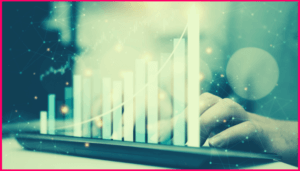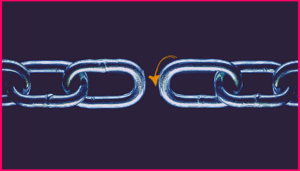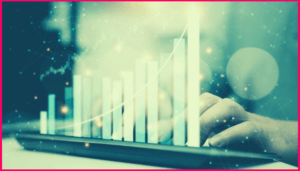The Ecommerce Data Playbook for CPGs
Reading Time: 17 Minutes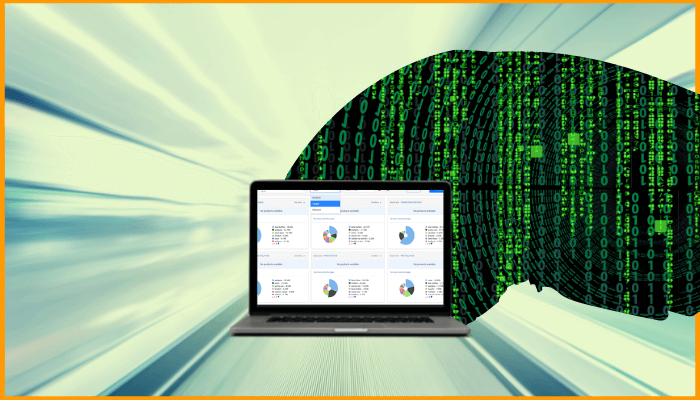
Competition is fierce for consumer goods companies. To win, the best CPGs power up insights to protect their brand and win in store and online.
Of course, the CPG data landscape is broad and for most companies, the opportunity to capture and activate omnichannel data remains untapped. If you aren’t sure how to gather, combine, and/or analyze web data with syndicated data… we’re here to change that.
Let’s start by agreeing on a few things…
…Consumer priorities are always changing.
…An e-commerce strategy is table stakes.
…Market forces are driving costs up.
…You can’t rely on a partial picture.
…Technology is a game changer.
The CPG Ecommerce Opportunity
E-commerce is a high growth channel for consumer goods companies — digital CPG sales are projected to account for about 10% of the US CPG market this year. By 2025, online US grocery sales are expected to increase to 21.5% – more than doubling its current share of the overall grocery market.
Prior to Covid, only about 4% of all grocery sales were online, but we all know how quickly that’s changed. In just the past year, 54.3% of US adults purchased groceries online and 28.3% of shoppers say they do most of their grocery shopping online (compared to 24.7% in 2021).
The opportunity cost of not being omnichannel is 10% in lost revenue.
People are drawn to online shopping because of its accessibility and value. Consumers say that being able to shop at any time (64%), to find the item easily (61%), and to save time (61%) are the major reasons they shop online.
From a value perspective, shoppers can see the total cost of their shopping cart before checking out, so there’s budget control. It’s easy to compare prices and to find exactly what you’re looking for online. 62% of online-reliant shoppers believe online shopping saves more time than in-person shopping, and 40% say online is better than in-person for discovering new products.
From an accessibility perspective, shoppers get to purchase items when and where it suits them. There’s options for delivery, in-store pickup, or curbside pickup. 63% of shoppers say that convenience is very important when it comes to grocery shopping, and many will pay more to ensure their purchase is more convenient.
By 2025, nearly 60% of American households will be omnichannel shoppers. There are tons of shopping channels for shoppers to choose from and even more products for them to discover. Your advantage – and how you win shopper dollars – is data. CPGs have an opportunity to follow shopping behavior, audit sales data, analyze retailer performance and consider competitor strategies. To increase sales and maintain consumer loyalty, you need to ensure a successful approach to price, promotions, assortment, and availability… which is possible when you leverage accurate data and real-time analytics.
CPG Data and Analytics
Data is a strategic advantage for CPGs. It truly improves your awareness around your products, your competitors, and your retail partners. The advances of web data and analytics enable CPGs transform the scale of their competitive strategy, protect pricing, and track store-level in-stock data from any retailer or delivery provider.
Boston Consulting Group says that advanced analytics can drive more than 10% of sales growth for CPG companies but nearly 90% of CPG leaders cite data collection, activation, and scaling as key obstacles to achieving marketing goals. A McKinsey article calls out that CPGs should “either fully tap into the power of digital and analytics, or get left behind.”
And, by the way, analyzing CPG sales data to see what happened in the past isn’t enough. With real-time analytics, you can use your data to quickly adjust plans and predict change. An intelligent CPG data analytics platform will provide functional insights automatically.
It’s no easy task to gather insights from online channels and it’s even more difficult to connect online data with offline data. McKinsey’s Tanya Sivaeva explains that “online is a data-rich channel that at the same time is typically analytics-poor.” Sivaeva adds, “Understanding and getting real transparency into pricing online is step one.”

CPG Strategic Data Tips
Supply Chain
Out of stocks are a big but common problem. One study says that 65% of online shoppers have been disappointed by out of stocks in the past year. Every CPG organization is vulnerable to inventory challenges. We don’t have to tell you twice about ongoing supply chain bottlenecks or labor shortages.
To build resilience, monitor your availability data closely.
» Reduce out of stocks by collecting and tracking in-stock data from any retailer or delivery provider.
Marketing Investments
Trade spend is typically the second-largest expense item on a CPG’s P&L after the cost of goods sold. Promotions are a great tactic to drive brand loyalty and attract new customers. Cutting trade might seem like a quick win, but it can actually lead to loss.
To create opportunities, understand how your competitors are promoting products.
» Evaluate competitor promo strategies with real-time data so you can make smart investment decisions with your retail partners.
Retail Media & Vendor Portals
Retail media networks (RMN) and vendor portals give brands access to first-party data which means major insights into consumer buying behaviors. These tools have an increasingly important role on brand strategy and budgeting.
To drive sales, collaborate with retailers on key growth metrics to increase profitability.
» Support your online strategy with digital shelf rankings and competitive changes.
Revenue Growth Management
Revenue growth management (RGM) is essential for CPGs who want to truly determine the right strategies to support sales. RGM is the idea of continuously improving and holistically understanding revenue drivers to effect change where needed.
To increase growth (while focusing on price, promotion, and assortment), implement strategies from competitive data.
» Identify occasions to grow your business and protect your pricing strategy with MAP and 1st mover alerts.
Common Data Challenges
In this omnichannel world, CPGs need actionable intelligence to understand, strategize, and compete. Your data partner should enable decisive price monitoring, promotional comparisons, assortment gap management, and out of stock detection.
Data often comes with inconsistences and errors. Even though more CPG organizations have adopted data and analytics technology, there’s still challenges with accurate data collection.
Solution: Choose a data and analytics partner with experience and success. Sure, data collection is complex but it’s attainable. With the right partner, you’ll gain actionable insights (at the speed of commerce) that will drive your business forward.
Data is usually stored in different departments and looked at in siloes. Plus, it can be difficult to glean insights from the dataset.
Solution: Your data should be delivered to you in an accessible format – raw data extract, API access, or a dashboard solution. With the right data partner, you’ll quickly and confidently pinpoint growth opportunities.
The largest CPGs have databases that are, on average, 1/10 the size of the databases of their retail peers.
Solution: Work closely with your retailer partners on category management objectives and effective trade promotions.
Don’t let data collection, activation or insights stand in your way of more success. Select a data partner that’s adept in collection, activation, and insights.
A Trusted Data Source for Brands
There is SO much data available to consumer goods organizations. Make your data work for you. Analyze market dynamics to determine where you can innovate. Check out product performance at retailers in various markets to see if there are areas for growth or expansion.
Let’s look at the best analytics possibilities available:
Pricing Intelligence
Track competitor’s prices across retailers. Get alerts for MAP violations. Create a strategy for your pricing decisions. Grow your revenue.
Promotion Monitoring
See which promotions are running. Know which promotions are most effective. Gin visibility into your competitor’s promotional strategies.
Assortment Gap Management
Recognize assortment gaps in the market. Be innovative. Think about shopper’s assortment needs. Receive assortment comparisons by retailer and location.
Availability & Out of Stock Data
Understanding your out of stock risks. Be notified when your product is out of stock. Have more visibility into more retailer’s availability selection.
Insights for CPGs
Let’s break down how you’ll see some data using BrandScape competitive intel platform:
Products: Receive alerts about out of stocks, MAP violations, and/or active promotions in a visual dashboard.
Digital Shelf: Know how you rank against others for priority keywords. Drill down into the details to understand what products come before yours (whether you see it as a competitor or not).
Reports: Export the data into an excel file or read the report right from your BrandScape dashboard. At a glance, you can see all key product details (like shelf price, minimum price, MAP violations, what the product’s rating is, etc.).
The Latest Insights – Straight to Your Inbox
Sign up for the Bungee Tech mailing list for actionable strategies, upcoming events, industry trends, and company news.








